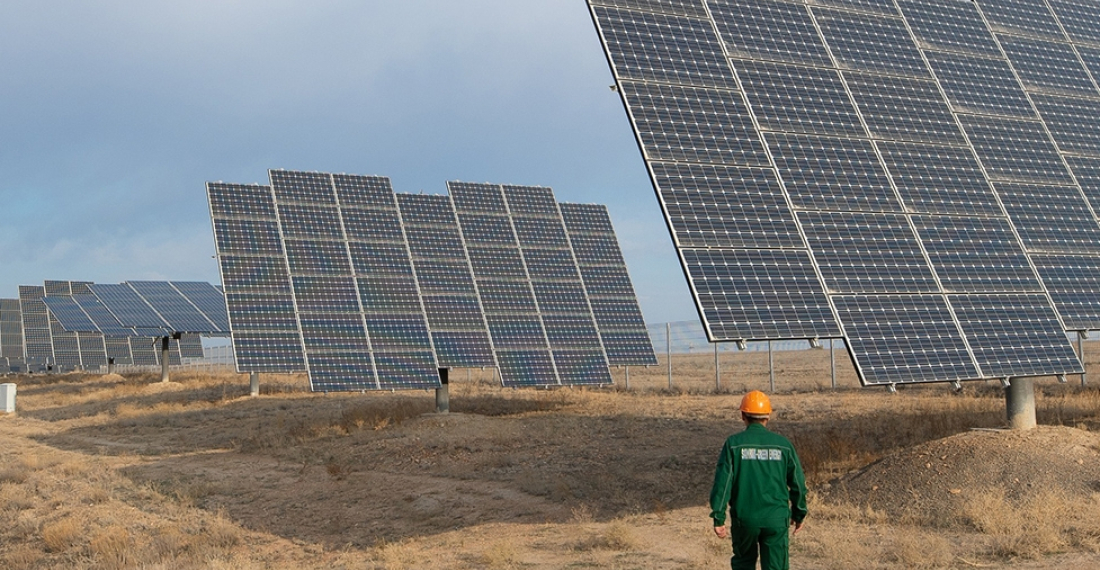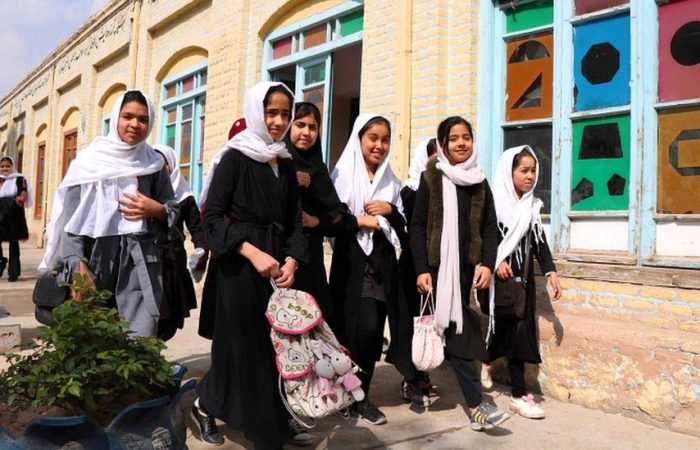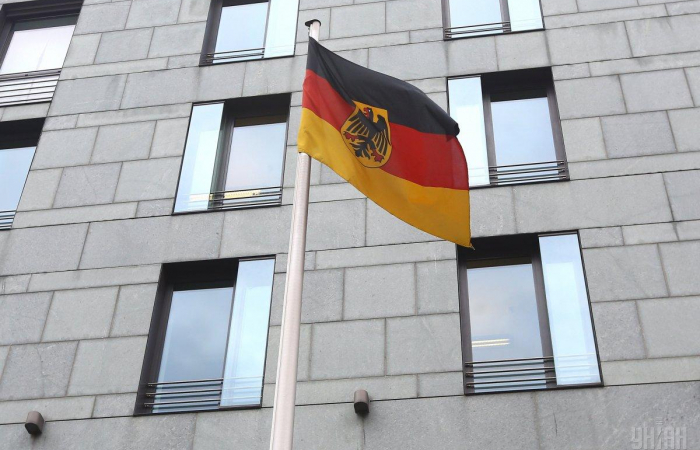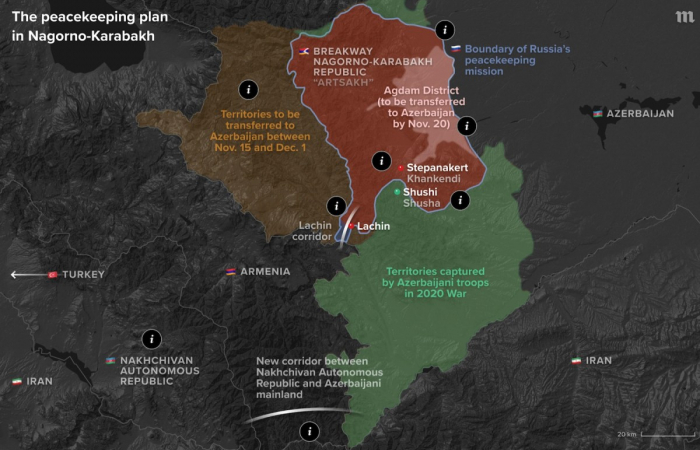Introduction
Hydrogen technologies are one of the central topics in the energy transition. Different nations have different stances on it. Some governments see hydrogen as a decarbonisation tool or part of their energy security strategy, while others see it as a potential export commodity.
Kazakhstan, a pivotal energy player in the region, is embarking on ambitious plans to emerge as a major exporter of hydrogen energy. In October 2022, in “the presence of Kassym-Jomart Tokayev, President of the Republic of Kazakhstan, and Charles Michel, President of the European Council, representatives of Hyrasia One and the Kazakh government signed the Investment Agreement ($ 50 billion deal) for this lighthouse project in Astana.” Following this, In November 2022, at COP27 in Egypt, the European Union signed a memorandum of understanding with Kazakhstan on cooperation on green hydrogen and critical raw materials.
Leveraging its abundant solar and wind resources, the Hyrasia project aims to annually produce 2 million tons of green hydrogen by 2032, capitalising on Kazakhsta’s extensive expertise in the energy sector. However, transitioning to hydrogen energy in the Caspian Sea region presents several challenges. How can Kazakhstan bring green hydrogen to Europe? and What are the potential challenges?
Hyrasia One Hydrogen Project
The Hyrasia One project, to be located in the Mangystau Region, will use electricity from solar panels and wind turbines to produce 2 million tons of hydrogen annually starting in 2032, with production beginning in 2030. Founded by Wolfgang Kropp and headquartered in Dresden, Germany, the project will install millions of solar panels and thousands of wind turbines in the vast steppes of southwestern Kazakhstan, generating about 40 gigawatts of renewable electricity. This energy will be transported close to the Kazakh coastal city of Kuryk to produce green hydrogen via water electrolysis — through what is known as power-to-gas. According to the Svevind Energy group, the project can be used locally in Kazakhstan, for steel and aluminium production, or exported to European markets.
However, several limitations hinder the deployment of hydrogen energy in Kazakhstan, including (1) the need for R&D investment to decrease technology costs and build local capacity, (2) environmental issues, (3) lack of domestic demand, and (4) transport issues.
Domestic Awareness
The lack of domestic demand for green hydrogen is a significant issue. Currently, unabated hydrogen in Kazakhstan is primarily used in its three refineries (located in Atyrau, Pavlodar, and Shymkent), as well as as a feedstock for ammonia production in the fertiliser industry. Despite its significant potential for green hydrogen production, there is currently no domestic demand for renewable or low-carbon hydrogen in Kazakhstan, nor are there any policy instruments aimed at stimulating its production and consumption. In this regard, the local private actors’ readiness to invest in green hydrogen technologies remains low currently.
Limited R and D
Although there are a limited number of small-scale ongoing demonstration projects, including the “First Molecule” project implemented by the Kazakh company Green Spark Limited, there is insufficient local research and development (R&D). At the domestic level, there is widespread unawareness in Kazakhstan regarding the transformative potential of green hydrogen or its practical applications that would benefit local communities.
Water Scarcity
In essence, initiating a green hydrogen economy in Kazakhstan will inevitably lead to an increase in water consumption as water is the key component of green hydrogen production. However, water scarcity is a major concern in Kazakhstan, particularly in the southern and western regions, where the population heavily relies on irrigation for agriculture. According to the UNEP, by 2040 the country may face significant shortfalls amounting to 50 per cent of its needs. Kazakhstan has eight water basins, seven of which lie in transboundary territories. More than 44 per cent of Kazakhstan’s river flow is formed on the territory of other countries, so the deficit will occur primarily due to intensive water use in neighbouring countries.
Given the impending challenge of water scarcity in the country, careful analysis of the water balance must be carried out by clearly outlining how much water would be consumed by each sector. Developing hydrogen energy in the country should not prioritise energy transition at the cost of water security.
Furthermore, the Aral Sea crisis, a significant ecological disaster that resulted from the diversion of rivers for irrigation purposes, had a severe impact on the country’s water resources. Rural areas face challenges in terms of accessing clean water and adequate sanitation facilities. In addition, the Ural River’s levels have been decreasing since the 1970s.
Agriculture is the largest consumer of water. Heavy irrigation is essential for crop cultivation because of the vast arid and semi-arid regions. The industrial sector also requires substantial water resources for manufacturing processes, cooling, and energy production, including electricity generation and thermal power plants. Water is used in thermoelectric power plants to cool the turbines and maintain operational efficiency.
Nonetheless, the dropping Caspian Sea levels are a sign of a critical situation that requires immediate action. Looking at the future, population growth, expanding industrial activities, and agricultural demands will place additional pressure on water resources in Kazakhstan. The rate at which the sea level is falling has also accelerated in recent years. For example, the average rate of decline over the past three years is about 23.3cm a year. In June 2023 the local Aktau authority declared a state of emergency over the critically low level of the sea. A green hydrogen economy will exert further stress on water capacity, highlighting the need to prioritise water in Kazakhstan’s management.
Transport Challenges
Because of its landlocked geography, Kazakhstan faces limited options for exporting green hydrogen or ammonia to Europe. One option is to construct hydrogen pipelines across the Caspian Sea, Caucasus, and Turkey to reach southern Europe. The marine transport industry is represented on the Caspian Sea by the ports of Aktau, Kuryk, and Bautino. Transit shipping in the Caspian Sea includes routes from Aktau to Baku (475 km), Turkmenbashi (550 km), and Bandar Anzeli (700 km) (CAREC, 2021).
Currently, the volume of transportation along this corridor increased by 86%, reaching 2.8 million tons, up from 1.5 million in 2022. This is a substantial increase compared to just 586,000 in 2021. (Astana Times, 2024). Nevertheless, the transport capacity of Kazakhstan's ports is currently limited. Additionally, hydrogen transport via the Caspian Sea does not reach target export destinations directly but only transit countries such as Azerbaijan, the Russian Federation, and Iran. Furthermore, it needs to be transported via terrestrial transportation modes such as pipeline, railway, or truck. Additionally, the Russian invasion of Ukraine, using Russia as a transit route is no longer feasible for the EU.
Conclusion
Kazakhstan's Hyrasia One project presents significant potential alongside numerous challenges. Limited R&D investment, environmental concerns, lack of domestic demand, and transportation challenges hinder its deployment. The landlocked geography limits options for exporting green hydrogen to Europe, exacerbated by the infeasibility of using Russia as a transit route due to the recent invasion of Ukraine. Furthermore, establishing a green hydrogen economy will inevitably increase water consumption, highlighting the necessity of prioritising water management. Overcoming these challenges requires stimulating domestic demand, investing in R&D, and increasing public awareness. International cooperation, particularly with the EU, is essential for success.
References
Astana Times (2024). World Bank Presents Key Findings of Latest Study on Middle Corridor in Tbilisi. https://astanatimes.com/2024/03/world-bank-presents-key-findings-of-latest-study-on-middle-corridor-in-tbilisi/
Carec (2021). Ports and Logistics Scoping Study in CAREC: Volume II. Central Asia Regional Economic Cooperation (CAREC) Institute. https://www.carecprogram.org/uploads/Ports-and-Logistics-Scoping-Study-in-CAREC-Vol-II_4th-proof.pdf
Kropp, A. (nd). Green energy for the energy transition and decarbonization of industry.






